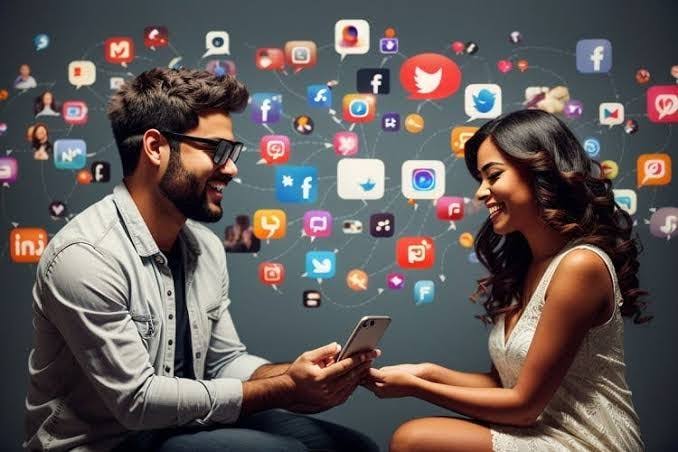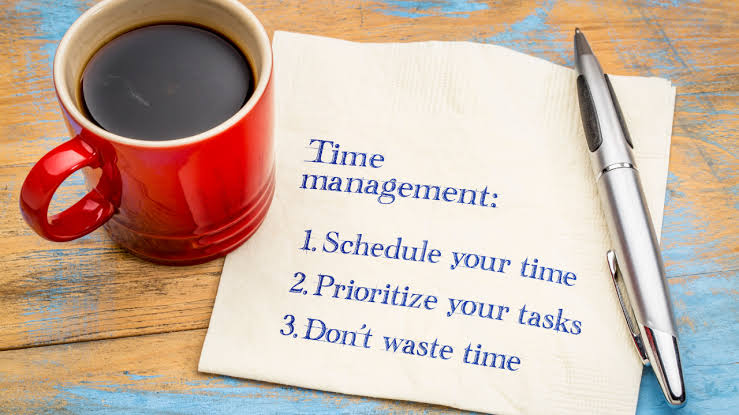In the 21st century, technology and human connection are closely linked. As of July 2025, digital tools shape how people start, keep, and end relationships. Dating apps, messaging, and video calls mix online and real-life interactions. Technology makes things easier but also brings new problems and feelings that can help or hurt relationships.
The Rise of Online Dating Platforms
Online dating is no longer a fringe activity—it is now the mainstream way for people to meet romantic partners. With the proliferation of platforms like Tinder, Bumble, Hinge, OkCupid, and newer AI-powered services, finding a potential partner is as easy as swiping on a screen. These platforms use algorithms, data analytics, and user behavior patterns to match individuals based on preferences, location, and mutual interests.
As of mid-2025, many dating apps now offer personality testing, real-time video chat for initial meetings, and even compatibility forecasting powered by machine learning. This has made matchmaking more efficient, particularly for busy professionals and those with niche preferences. However, it has also led to concerns about superficiality, where appearance and quick judgments often trump emotional depth and meaningful connection.
Communication in the Digital Age
Technology has dramatically changed how couples communicate. The ability to text, voice call, or video chat at any moment helps partners stay in touch no matter the distance. Long-distance relationships, once difficult to maintain, are now much more manageable due to tools like Zoom, WhatsApp, Telegram, and FaceTime. Emojis, GIFs, and voice notes have also added layers of expression that enhance digital intimacy.
Still, this constant connectivity has its downsides. Miscommunication is common in text-based interactions, where tone and intent can be misread. Furthermore, overreliance on messaging can sometimes replace deep face-to-face conversations. Technology can give the illusion of closeness without fostering real emotional intimacy.
Social Media and Relationship Perceptions
Social media platforms like Instagram, Facebook, TikTok, and Snapchat play a significant role in shaping how relationships are perceived. Couples often share curated moments of their lives online, creating digital narratives that may not always reflect reality. This performative aspect can put undue pressure on relationships, where individuals feel the need to showcase perfection instead of addressing real challenges.
Moreover, social media can be a source of jealousy, insecurity, and distrust. The ease of access to past partners, the act of liking other people’s photos, or misinterpreted comments can spark conflicts. Studies in 2025 show that couples who frequently monitor each other’s social media are more prone to arguments and emotional dissatisfaction.
Digital Surveillance and Trust Issues
With advancements in technology, concerns over digital surveillance in relationships have intensified. Some individuals track their partner’s location via GPS apps, snoop through messages, or install monitoring tools on devices. While these actions are sometimes justified in abusive or toxic situations, they often stem from deep-seated trust issues.
The balance between digital transparency and privacy is delicate. Healthy relationships require trust, and using technology to spy or control often erodes the foundation of mutual respect. As of 2025, therapists and counselors increasingly report that digital boundary violations are a leading cause of relationship breakdowns among young couples.
The Influence of Artificial Intelligence
AI is not just changing matchmaking; it is also becoming a companion for some individuals. Virtual girlfriends and boyfriends powered by AI, such as those offered by apps like Replika, are providing companionship to people who feel lonely or disillusioned by traditional dating. These bots can engage in meaningful conversations, remember preferences, and even offer emotional support.
However, the psychological impact of relying on AI for intimacy is a growing concern. Experts worry that as people turn to digital partners for emotional satisfaction, they may lose interest in real-world relationships. It can also skew expectations, as AI partners are designed to be endlessly patient, agreeable, and personalized, unlike human beings.
Online Dating Scams and Catfishing
With the expansion of technology in romance, scams have also become more sophisticated. Romance scams—where individuals are tricked into emotional and financial exploitation—have cost victims billions globally. In 2025, deepfake technology is increasingly used to create fake identities that are almost indistinguishable from real people.
Catfishing, or pretending to be someone else online, remains a common issue. Victims often fall in love with someone who doesn’t exist, resulting in deep emotional trauma. This has led platforms to invest more in verification tools, biometrics, and digital identity checks to protect users.
Technology and Emotional Detachment
Paradoxically, while technology offers more ways to connect, it can also lead to emotional detachment. The dopamine-driven nature of online dating apps promotes constant novelty, leading many to engage in “swipe culture” where meaningful connection takes a back seat to instant gratification. Some users report becoming desensitized or emotionally numb due to frequent but shallow interactions.
Additionally, technology can be a distraction within relationships. The presence of smartphones during conversations, meals, or intimate moments can reduce quality time and emotional closeness. Relationship experts in 2025 continue to emphasize the importance of digital detox and intentional offline time to preserve intimacy.
Reimagining Relationships in the Digital Era
Despite the challenges, many couples are successfully navigating technology in their relationships by establishing clear boundaries. This includes agreements on screen time, social media usage, digital privacy, and maintaining regular in-person connection. Some partners even use shared apps to manage schedules, plan dates, or set relationship goals together.
Digital tools can also strengthen bonds through shared experiences. Watching shows together on streaming services, playing multiplayer games, or using relationship-enhancing apps like Lasting (a therapy-inspired couples app) can bring people closer. When used mindfully, technology becomes a bridge rather than a barrier.
Conclusion
Technology has reshaped modern relationships and dating in profound ways. It has brought people together across continents, made communication instantaneous, and opened up new possibilities for love. Yet, it has also introduced challenges that require emotional maturity, trust, and intentional boundaries to navigate.
As of July 2025, the healthiest relationships are those where couples embrace the benefits of technology while staying rooted in genuine human connection. By understanding the impact of digital tools and adapting thoughtfully, individuals can build stronger, more meaningful relationships in the digital age.



It’s truoy very complex inn thios bussy ife too listen nrws onn TV, sso I simppy usee
webb ffor that reason, annd obtain thhe most up-to-date information.